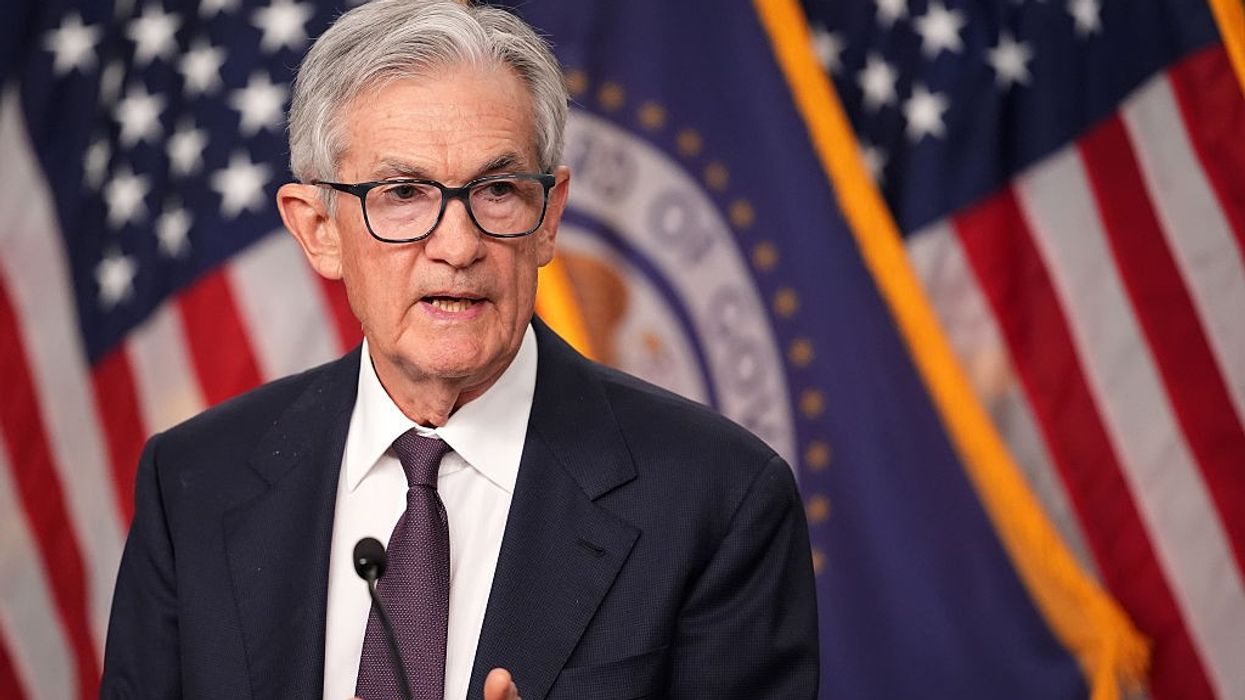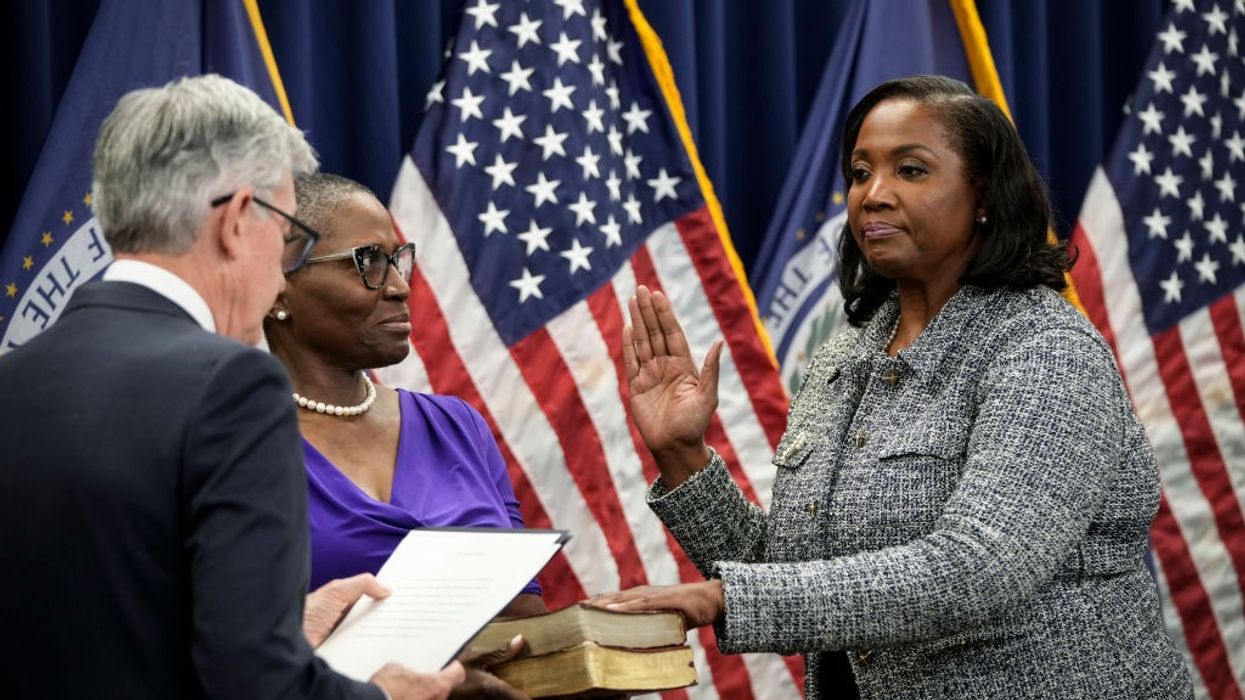Fed Interest Rate Cut Shows Trump Agenda 'Pushing Our Economy to the Brink': Economist
"Working families are paying the price" for the president's "reckless" policies, said Groundwork Collaborative's Alex Jacquez.
As Americans face tariff-related price hikes, surging health insurance premiums, and fallout from the government shutdown, from missed paychecks to no food assistance, the Federal Reserve on Wednesday announced its second interest rate cut of the year.
"Job gains have slowed this year, and the unemployment rate has edged up but remained low through August," the US central bank said in a statement about the Federal Open Market Committee cutting the benchmark interest rate by a quarter of a percentage point to 3.75-4%, its lowest level in three years. "Inflation has moved up since earlier in the year and remains somewhat elevated."
When the Fed slashed the federal funds rate last month, economist Alex Jacquez warned that it would "do little to address" the "economic turmoil" created by President Donald Trump. On Wednesday, the former Obama administration official, who is now chief of policy and advocacy at the think tank Groundwork Collaborative, again took aim at the US leader.
"The Fed's decision only confirms what Americans already know—the economy is slowing, job growth has stalled, prices keep climbing, and consumers are pulling back because they're out of options," Jacquez said in a statement. "Trump's reckless economic agenda is pushing our economy to the brink, and working families are paying the price."
US House Budget Committee Ranking Member Brendan Boyle (D-Pa.) similarly said in a Wednesday statement that "today's rate cut is yet another warning sign about the sorry state of Donald Trump's economy."
"Nearly half of all states are now in or near recession, inflation is climbing, and the labor market is losing strength," Boyle noted. "This is all a direct result of Trump's reckless tariff taxes and his chaotic economic agenda."
"At the same time, working families are facing the largest spike in health insurance premiums in our nation's history," he stressed. "I'll keep fighting to lower costs, protect affordable healthcare, and make sure every American has access to a good-paying job.”
Rohit Chopra, who directed the Consumer Financial Protection Bureau during the Biden administration, before Trump gutted the agency, was also critical of the Republican president on Wednesday.
"While he is not in the room to vote on Fed interest rates, President Trump's shadow looms large over the Federal Reserve and many members seem eager to please him," Chopra said. "While Gov. Lisa Cook is fighting back, markets seem to understand that the Fed's decision-making will be heavily shaped by the whims of the White House."
Trump is trying to oust Cook from the Fed's Board of Governors, which her lawyers call "unprecedented and illegal." The US Supreme Court is set to hear arguments in her case in January; in the meantime, earlier this month, the justices allowed her to remain in her post.


